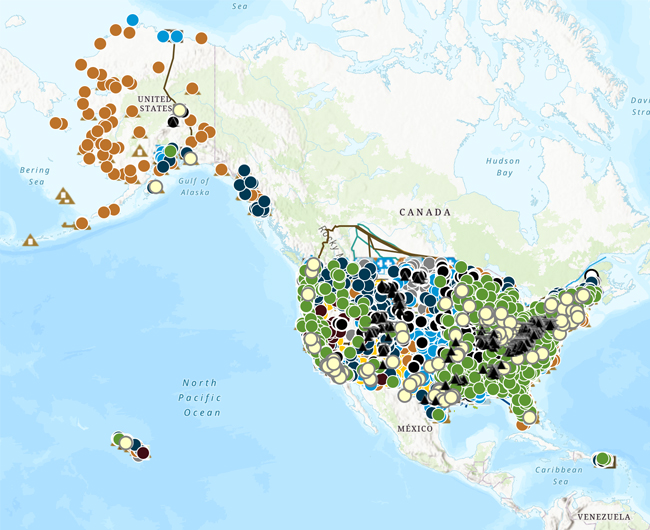Profile Overview
U.S Energy Atlas with total energy layers
 View the interactive map
View the interactive map Quick Facts
- In 2023, Kansas accounted for about 1% of both U.S. proved crude oil reserves and U.S. total oil production. The state's three petroleum refineries provide 2% of U.S. refining capacity and combined can process about 408,000 barrels of crude oil per calendar day.
- Kansas is the eighth-largest ethanol-producing state, and its 12 ethanol plants have a combined production capacity of about 630 million gallons a year.
- In 2023, wind energy accounted for 46% of Kansas's electricity net generation, which was the third-highest share of wind power for any state after Iowa and South Dakota.
- Conway, Kansas, is a major hydrocarbon gas liquid products storage and pricing hub for propane and ethane.
- Kansas has 16 natural gas underground storage fields that can hold 283 billion cubic feet of natural gas, equal to about 3% of U.S. storage capacity.
Last Updated: July 18, 2024
